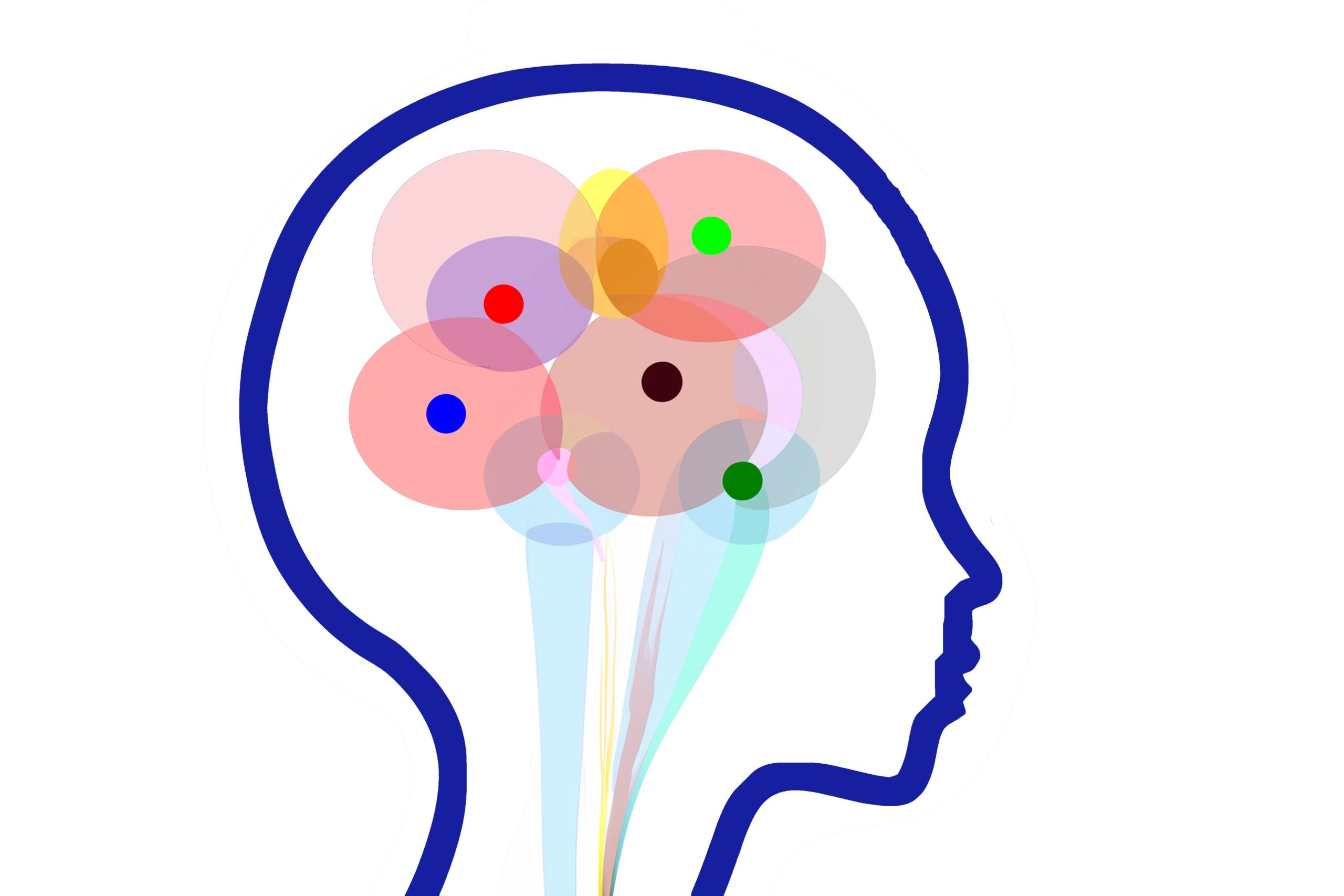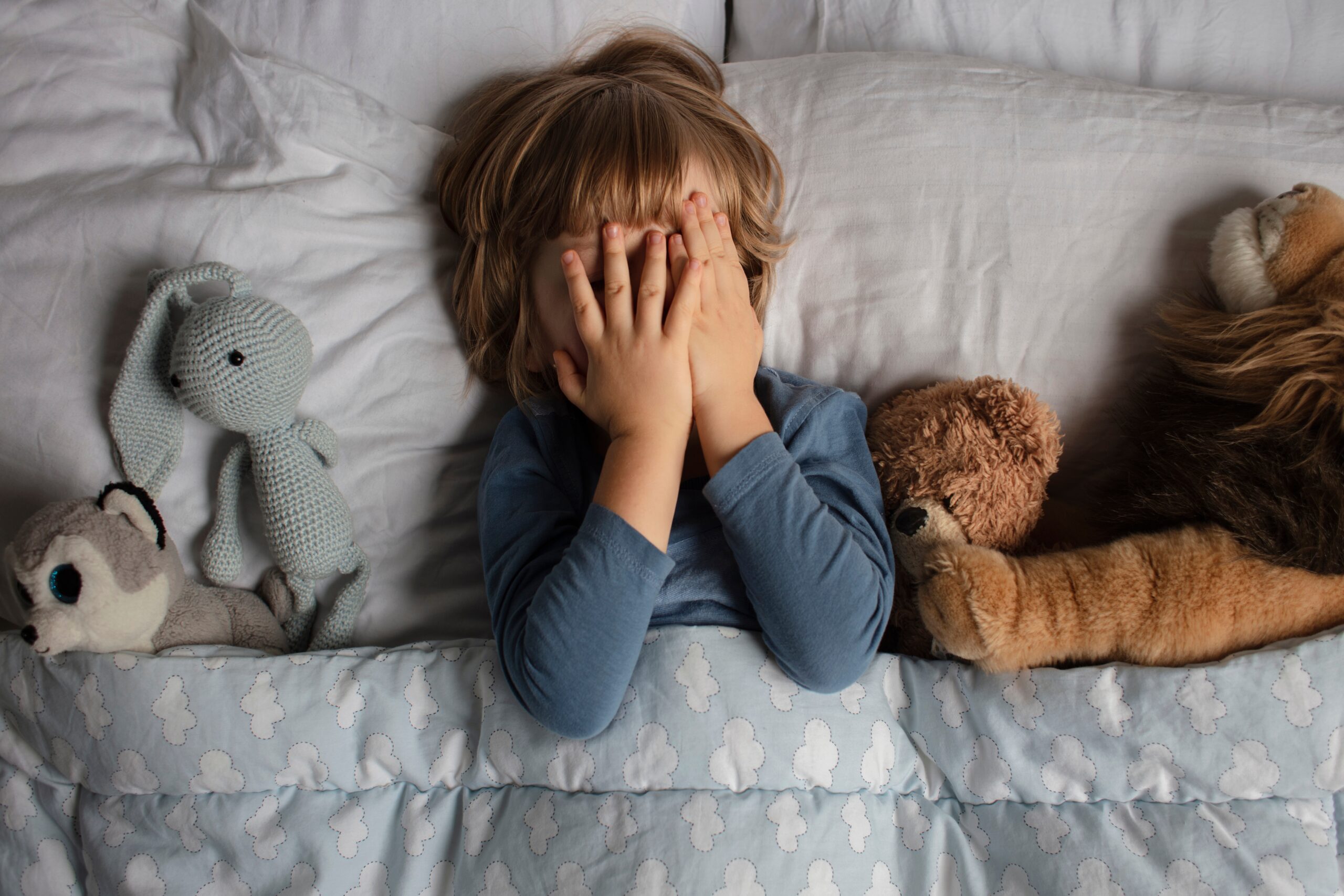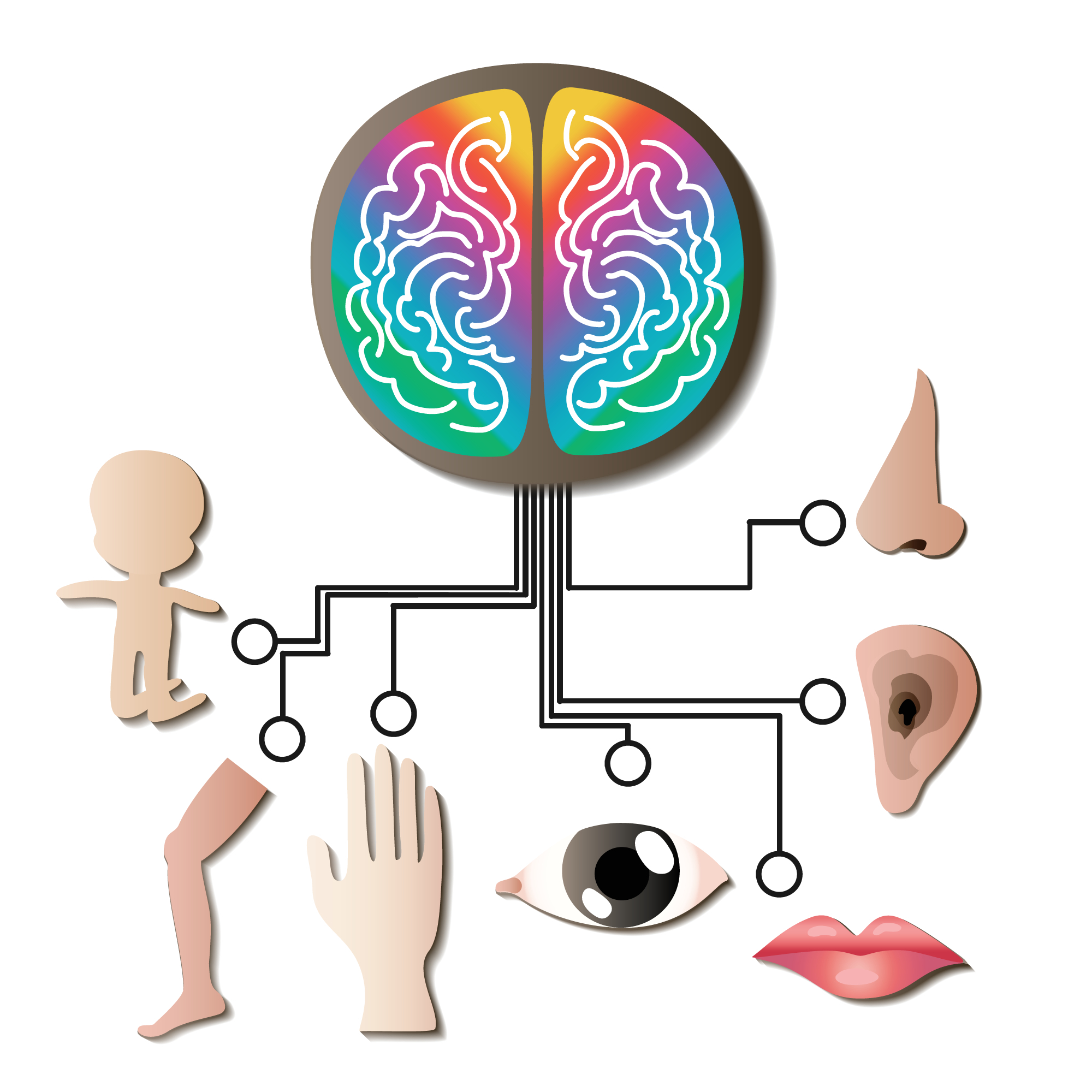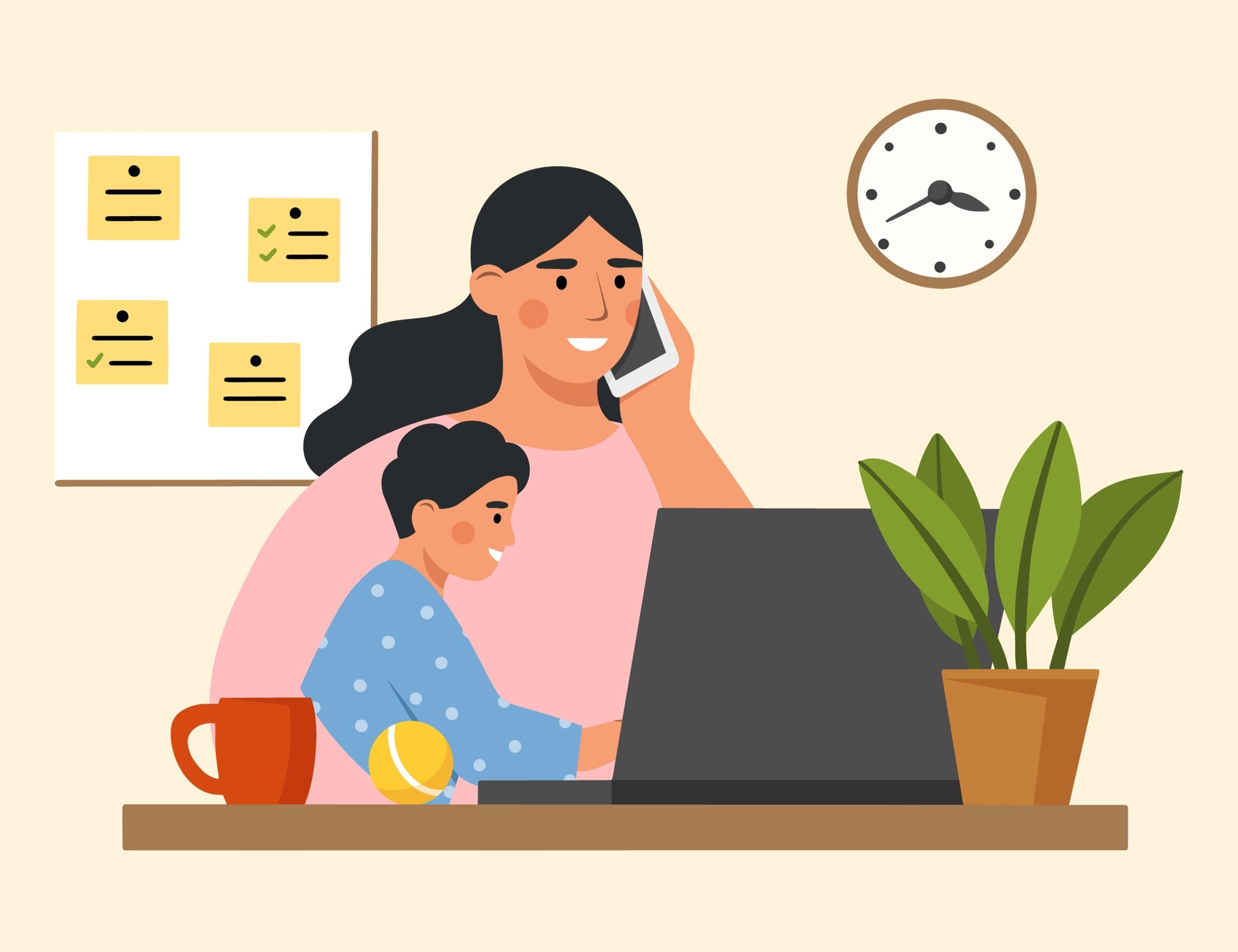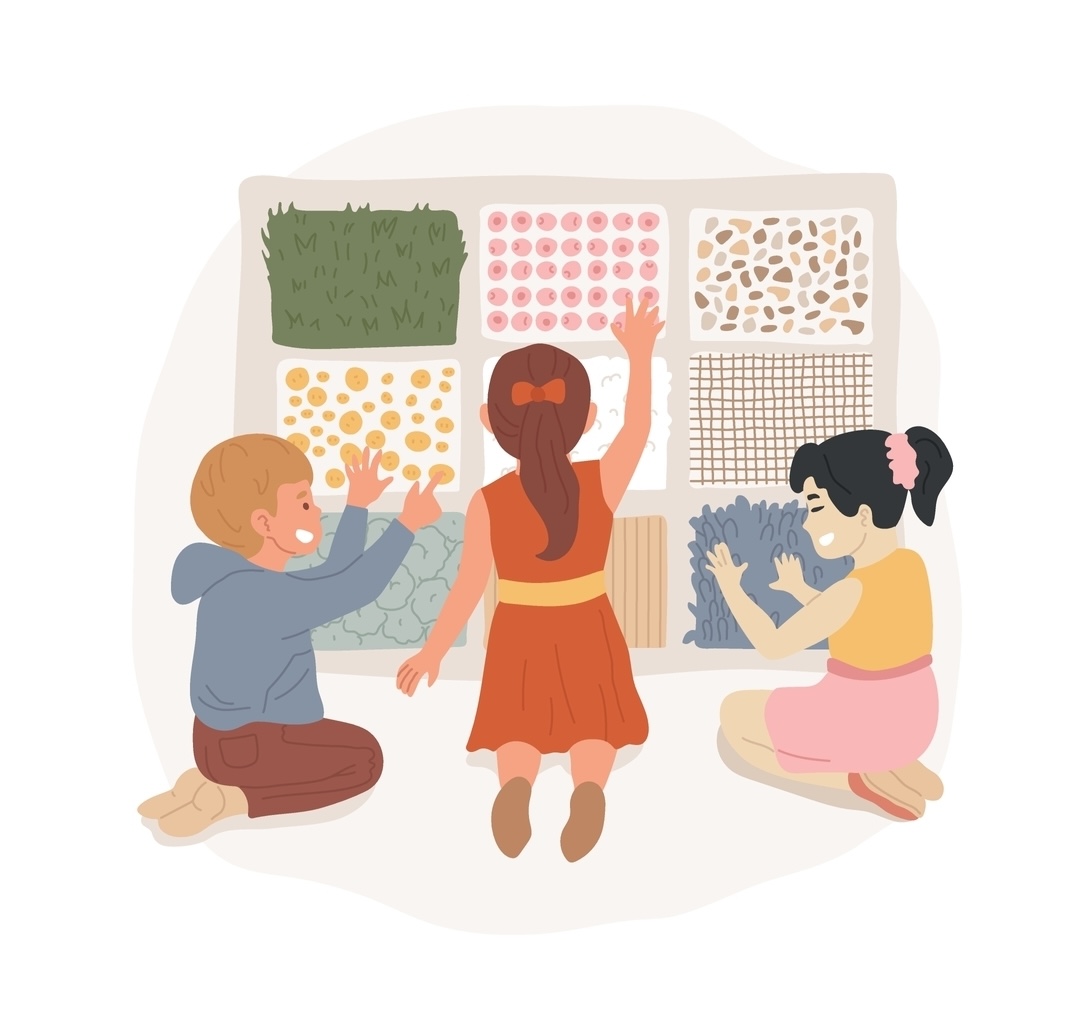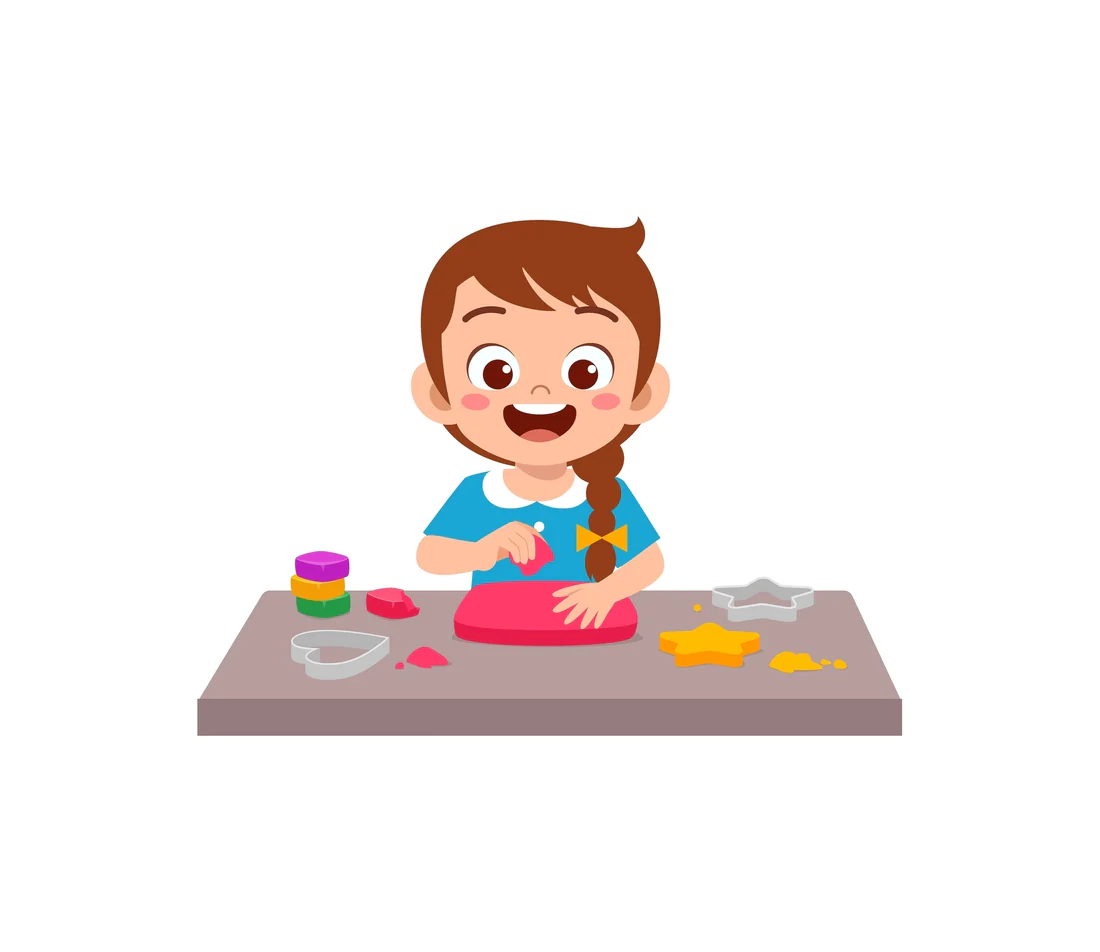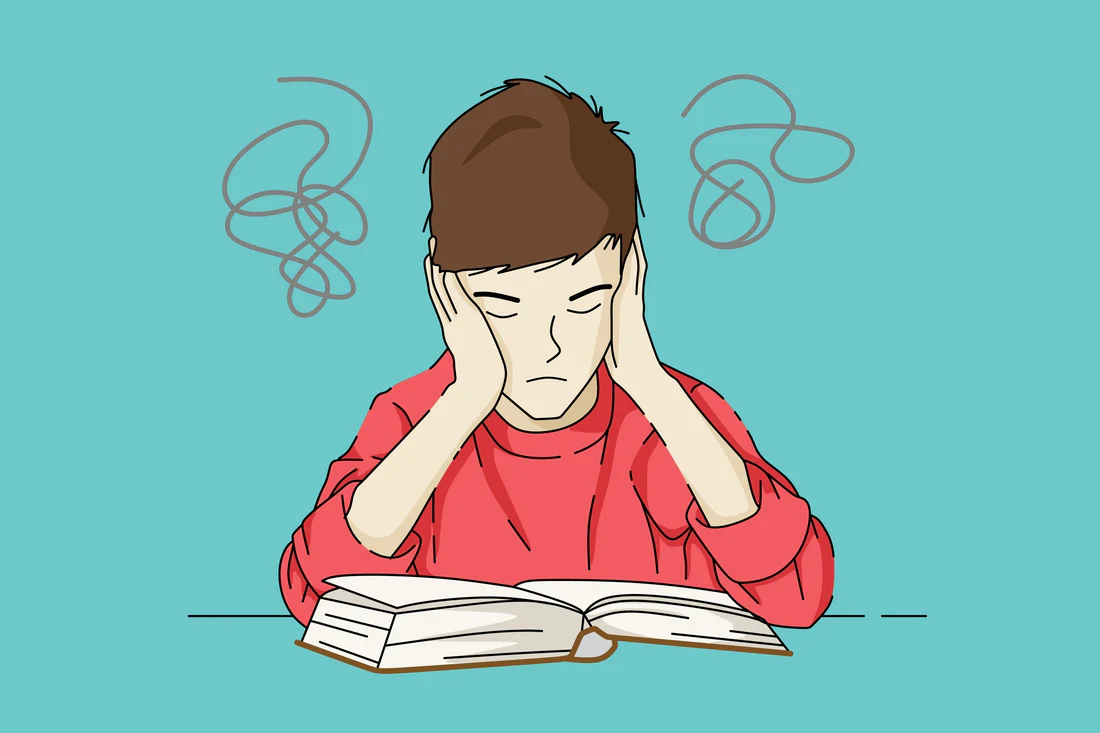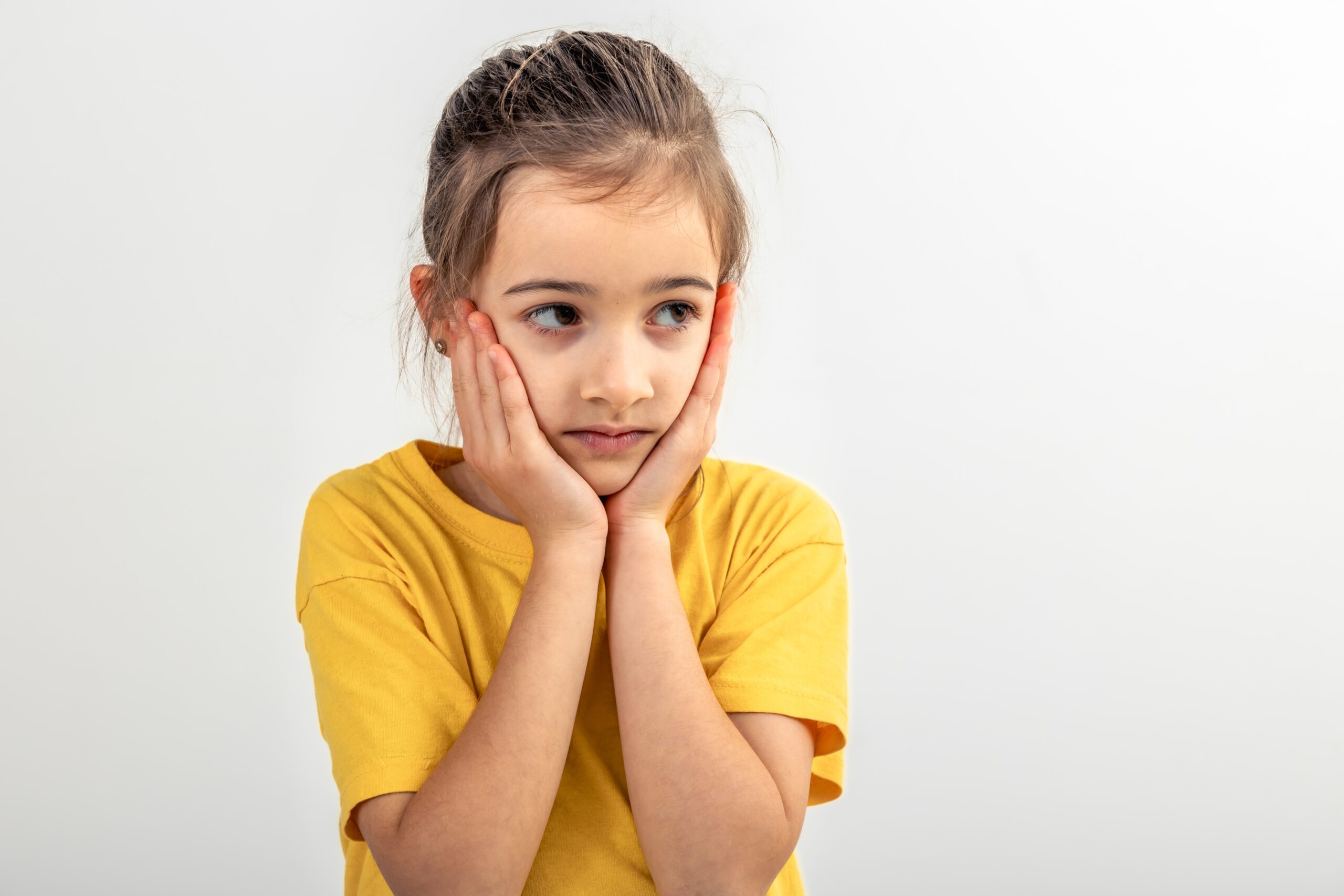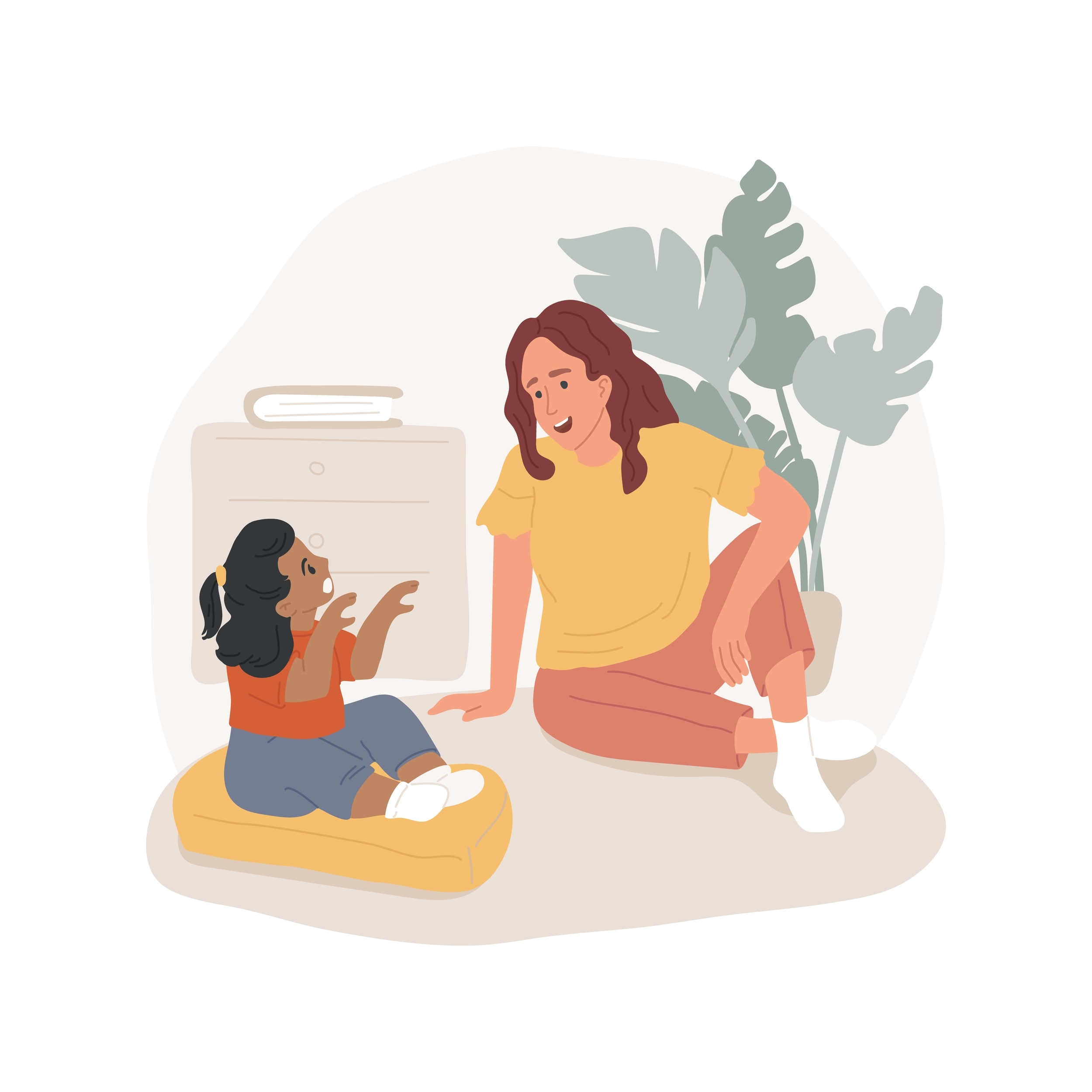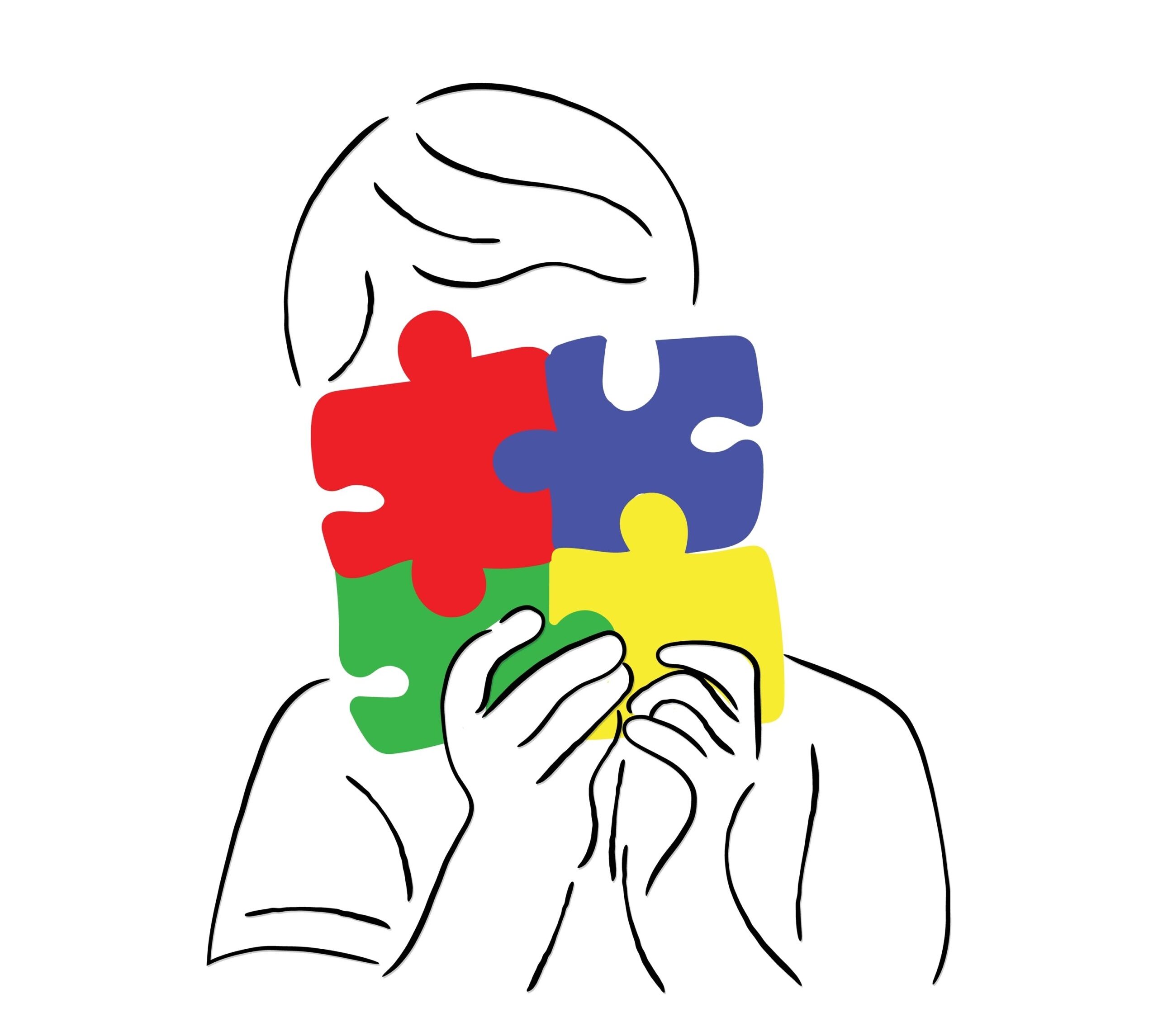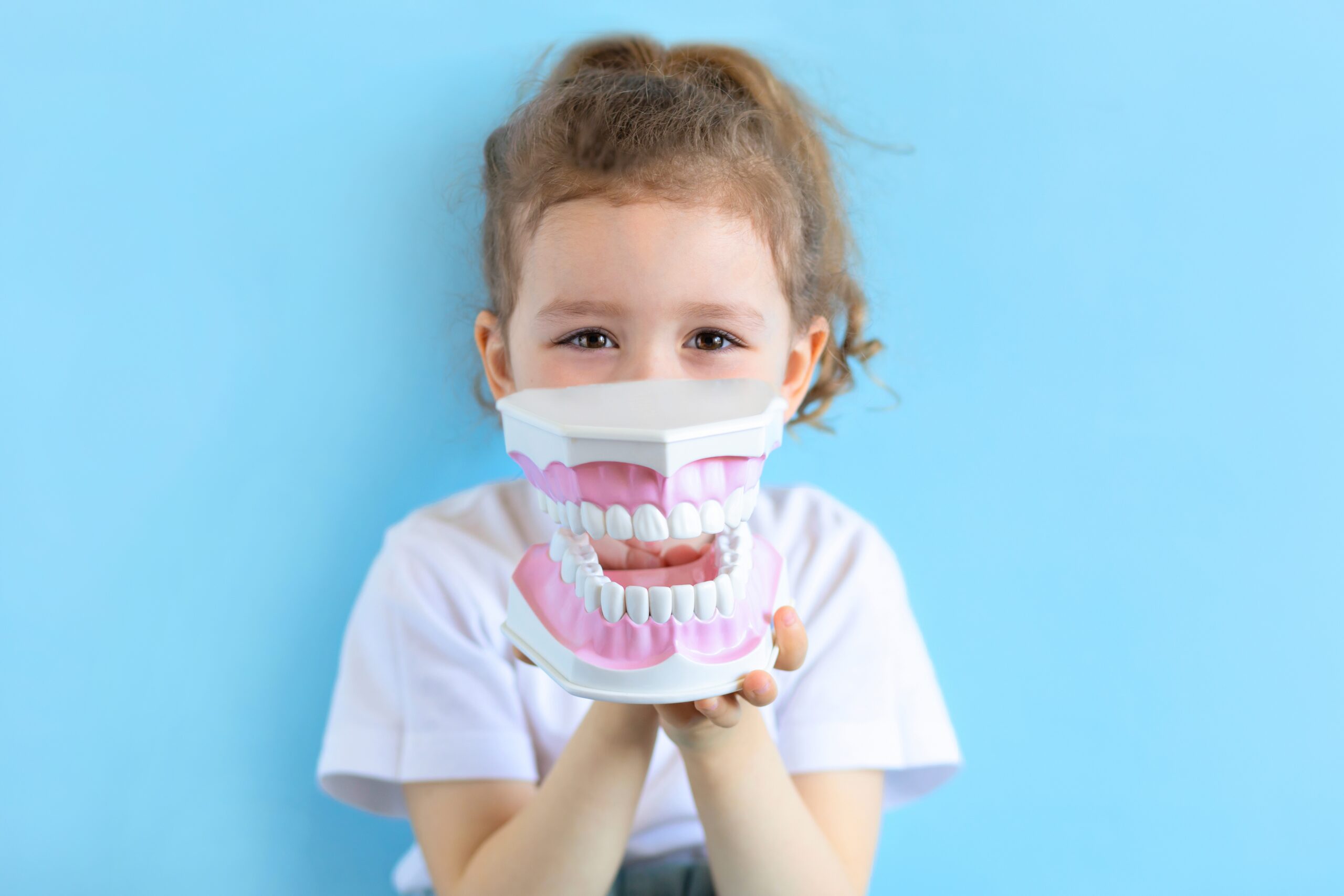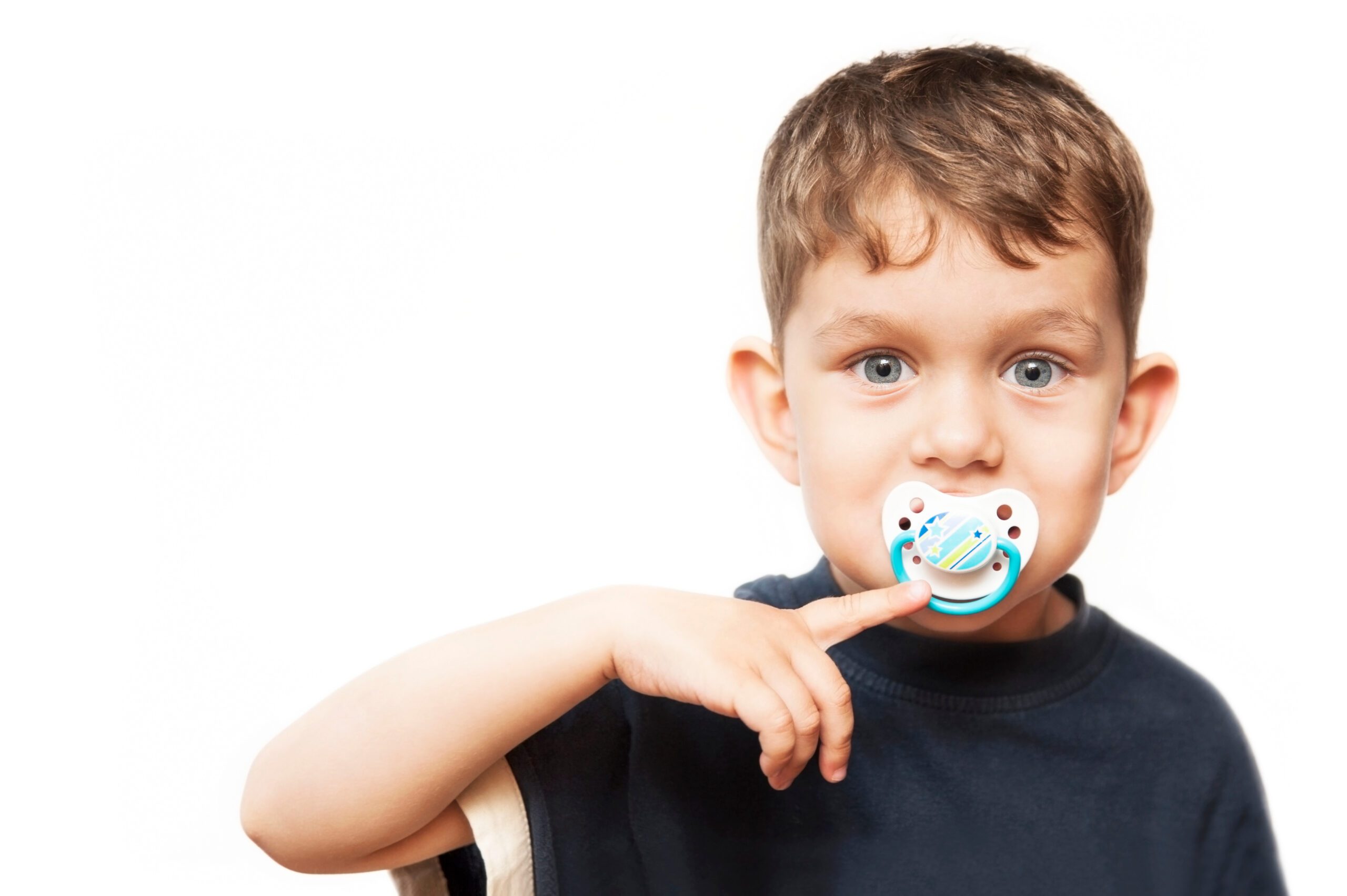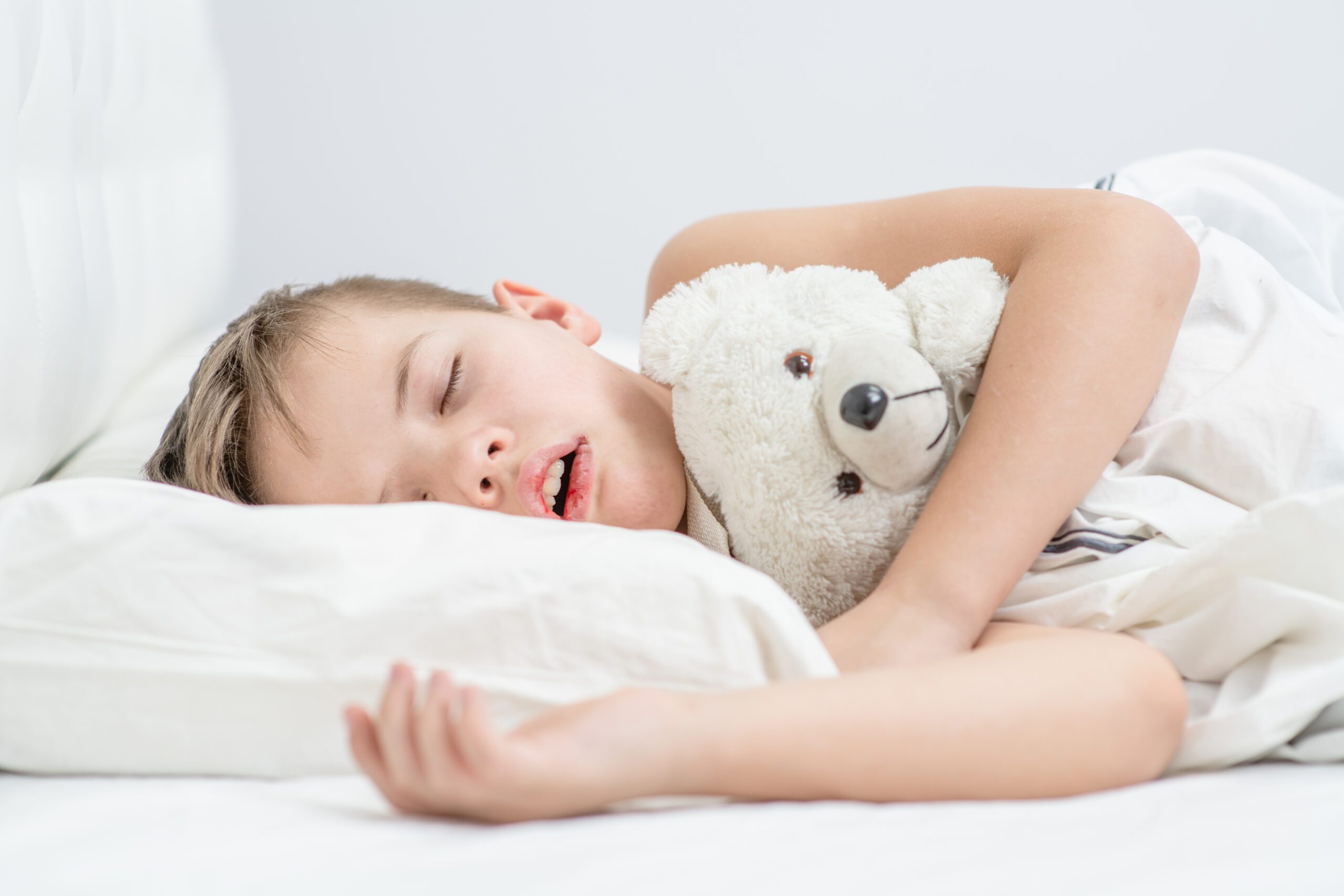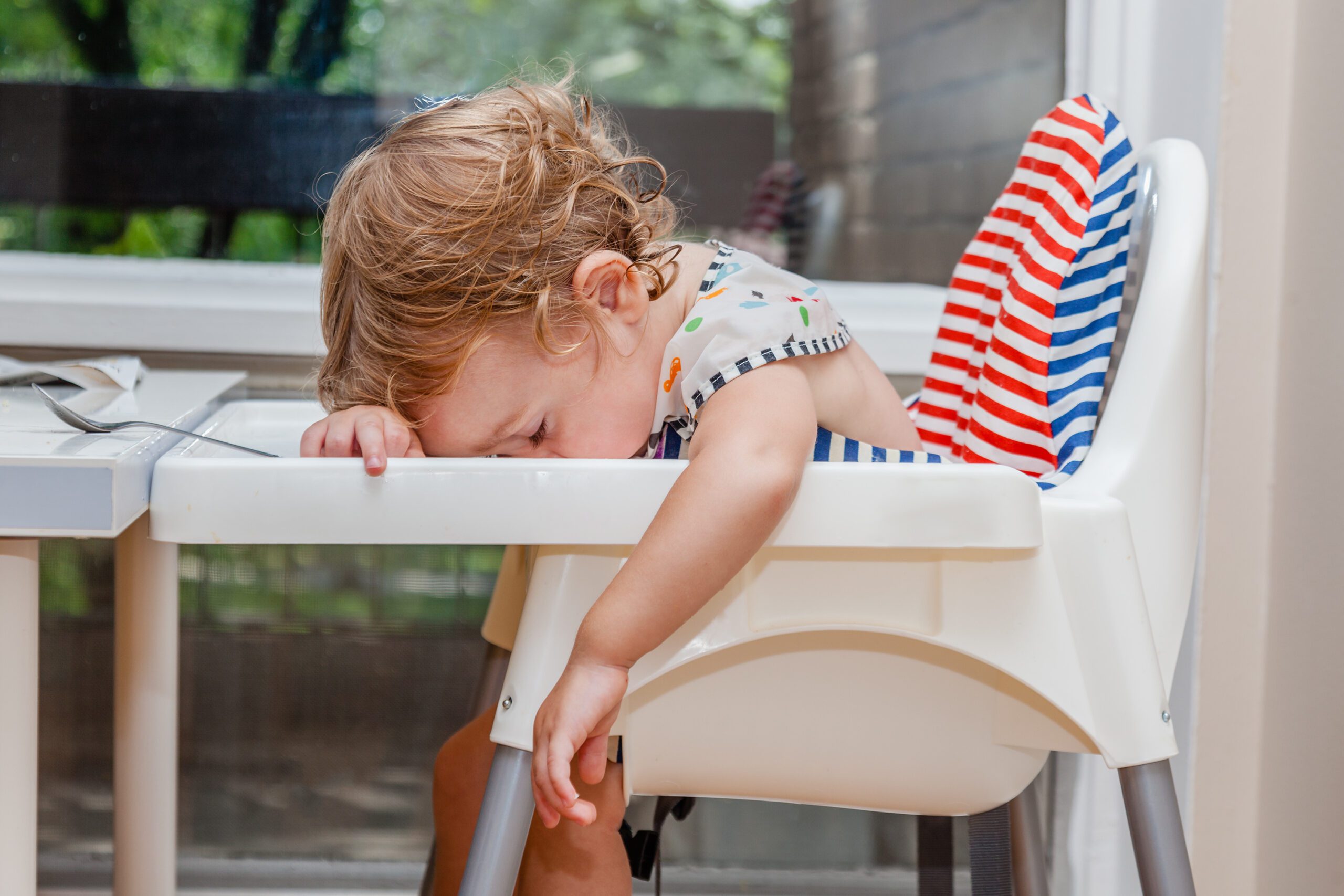
Blog
Understanding the Link Between Anxiety and Sensory Processing Challenges
Author: DrSensory
April 29, 2025
Understanding the Link Between Anxiety and Sensory Processing Challenges
How are anxiety and sensory processing challenges connected, especially in kids? Many parents and helpers see that children with Sensory Processing Disorder (SPD) often feel more anxious. But understanding why this happens—and how to help—can be hard. This guide is made for parents, teachers, therapists, and anyone who supports kids with sensory needs. Here, you’ll find useful tips, the latest ideas, and trusted information to better help kids dealing with both SPD and anxiety.
What You’ll Learn:
- What Sensory Processing Disorder is and why it matters
- How SPD and anxiety are connected
- Easy ways to help kids handle anxiety caused by sensory challenges
- How different therapies like occupational therapy (OT), physical therapy (PT), and speech therapy can help
- Real stories, helpful resources, and how to find a therapist or clinic near you

What Is Sensory Processing Disorder?
Sensory Processing Disorder (SPD) is a brain condition that makes it hard for kids to handle information from their senses. Kids with SPD might be very sensitive or not sensitive enough to things like loud sounds, bright lights, different textures, or moving around. These differences can change how kids feel, learn, and act every day.
Common Signs of SPD
Being bothered by clothing tags, seams, or textures
Strong reactions to loud noises or bright lights
Avoiding or wanting certain tastes, smells, or touches
Having trouble with tasks like buttoning shirts or riding a bike
Finding it hard to switch from one activity to another
Having mood swings or sudden upset feelings in busy or noisy places
Breaking Myths About SPD
There are many wrong ideas about SPD. It’s important to know the truth so we can better help kids:
Myth: SPD is just kids being “picky” or wanting attention.
Fact: SPD is a real brain difference that affects how kids feel things.Myth: Kids with SPD are acting badly on purpose.
Fact: Their behavior usually means they feel overwhelmed, not that they’re misbehaving.Myth: Kids will just “grow out of” SPD.
Fact: SPD can last into teen and adult years without help.Myth: Only kids have SPD.
Fact: People of all ages can have SPD.
“It’s crucial to recognize that sensory processing differences are not behavioral issues, but neurological differences that require understanding and support.”
– Dr. Eva Lassey PT, DPT, SPD Specialist
The Connection Between SPD and Anxiety
How Sensory Processing Challenges and Anxiety Are Connected
Many kids with Sensory Processing Disorder (SPD) have a hard time when things feel unpredictable or too much for their nervous system to handle.
How Sensory Sensitivities Can Cause Anxiety
Think about a child who jumps at the sound of a school bell, feels upset in a noisy lunchroom, or gets bothered by the feel of their socks. These things aren’t just annoying for kids with SPD—they can actually make them feel very stressed and anxious.
“Sensory processing challenges can make it harder for a child to control their emotions, which can cause more anxiety.”
— Dr. Lucy Miller
What the Nervous System Does
The nervous system helps manage how we feel things and how we react emotionally. For kids with SPD, their “fight or flight” feeling can start from things that seem normal to others. If they face these tough feelings a lot, it can lead to ongoing anxiety.
Facts About SPD and Anxiety
Studies show that 40 to 60 out of 100 kids with SPD also have strong anxiety.
Kids with SPD are more likely to have anxiety disorders than other kids.
How This Affects Kids in Real Life
Without help, these kids might avoid friends, have a hard time at school, or feel bad about themselves. This makes both their sensory and emotional problems even harder.

Practical Strategies for Managing Anxiety Related to SPD
How to Help Kids with Sensory Processing and Anxiety
Understanding sensory processing and anxiety is helpful only if we use it to take action. Here are some expert-backed tips for parents, teachers, and therapists:
1. Make a Sensory-Friendly Space
A calm space can really help. Think about cozy corners, soft lights, gentle sounds, and tidy areas at home and school.
“Making a sensory-friendly space can lower anxiety and help kids feel safe.”
— Dr. Eva Lassey PT, DPT
Tips for Home and School:
Use noise-canceling headphones for loud places
Give weighted blankets or vests for calming pressure
Let kids use fidget toys or quiet hands-on items while learning
Use soft fabrics, dim lights, and keep routines predictable
Put up visual schedules to help kids know what’s next
2. Sensory Diets
A “sensory diet” is a plan with activities to give kids the sensory input they need to focus and feel calm all day. This might include moving, deep pressure, or breathing exercises.
“Using sensory activities can help kids handle anxiety better.”
— Carol Kranowitz, author of The Out-of-Sync Child
Sensory Diet Ideas:
Jumping on a mini-trampoline
Brushing (with help from a therapist)
Using swings or rocking chairs
Squeezing playdough
Joint compressions
Taking movement breaks
Chewing chewy necklaces or crunchy snacks for kids who seek oral input
Talk to a pediatric occupational therapist to make a sensory diet just for your child.
3. Mindfulness and Relaxation
Teach kids how to notice when they feel anxious and practice calming ways to feel better. Mindfulness helps them reset after feeling overwhelmed.
Try these:
Deep breathing
Imagining a favorite calm place
Short, simple meditation
Relaxing muscles one at a time
4. Help Kids Talk About Their Feelings
Teach kids to name their feelings and share them. Use tools like:
Feelings charts or pictures
Social stories to practice tough situations
Talking openly about sensory triggers and worries
Praising them when they ask for help instead of having a meltdown
This helps kids speak up for themselves and feel stronger inside.
The Role of Therapy for Kids with SPD and Anxiety
How Therapy Helps Kids with Sensory and Anxiety Challenges
Professional therapy can really help children who struggle with sensory issues and anxiety. Here’s how:
Occupational Therapy (OT)
Occupational therapists use sensory integration therapy. This kind of therapy helps the brain get better at handling sensory information. They use play and special activities to help kids feel more comfortable with things that bother their senses.
Physical Therapy (PT)
Physical therapists help kids improve their body movement and coordination. For kids with SPD, PT can help them know where their body is in space (called proprioception), feel less worried about moving, and feel more confident.
Speech Therapy
Some kids with SPD have trouble understanding or using language, especially when they feel anxious. Speech therapists help kids learn to communicate better and teach words to express their feelings.
Why Early Help Matters
Finding sensory problems early and starting therapy quickly gives kids the best chance to do well.
“Early understanding of sensory differences and getting help right away gives kids and families the tools to succeed for life.”
— Dr. Eva Lassey PT, DPT
How to Find a Therapist
- Ask your child’s pediatrician for a referral
- Use the DrSensory Therapist Database to find a local expert in pediatric occupational therapy, pediatric physical therapy, or pediatric speech therapy
- Visit the DrSensory Clinic Directory for a list of therapy clinics near you
Real-Life Stories and Case Studies
Case 1:
A 7-year-old girl with SPD and high anxiety around school noises started using noise-canceling headphones and took movement breaks throughout the day. With her classroom teacher’s support, her anxiety lessened, she stayed in class more often, and her academic confidence soared.
Case 2:
An 8-year-old boy who refused to wear “itchy” clothes benefited from deep-pressure therapy and parent education about appropriate clothing materials. This reduced morning battles and empowered him to dress independently.
Case 3:
A preschooler with difficulties expressing frustrations learned to use a “feelings card” system in speech therapy, reducing tantrums and improving peer friendships.
All cases underscore a key idea: When children receive support tailored to their sensory and emotional needs, real progress is possible.
Additional Resources and Support
For those eager to take the next step, an abundance of helpful resources is available:
Recommended Books
- The Out-of-Sync Child by Carol Kranowitz
- Sensational Kids by Dr. Lucy Miller
Websites and Organizations
- DrSensory: Comprehensive guides and a directory to find a therapist or clinic
- DrSensory Therapist Database
Search for certified occupational therapists, physical therapists, and speech therapists with experience in Sensory Processing Disorder and anxiety in children.
Locate pediatric therapy clinics specializing in sensory integration therapy, pediatric physical therapy, and pediatric speech therapy.
Supporting Children with SPD and Anxiety
Helping a child with sensory processing challenges and anxiety takes patience, learning, and getting help from professionals. Parents, teachers, and therapists can make a big difference by understanding the child, creating safe and supportive places, and using proven treatments.
The most important things for success are: finding the problem early, talking openly, and keeping support going.
If you want to learn more about or need help, visit the DrSensory Therapist Database or Clinic Directory to find a therapist or therapy clinic near you. Every step you take is a powerful investment in your child’s happiness and well-being.
related blogs
Your child is constantly moving, crashing into furniture, or having meltdowns in response to seemingly minor things like a loud
Your toddler refuses to wear certain clothes, has huge meltdowns in noisy places, or is an extremely picky eater, limited
Your child seems to miss verbal instructions, struggles to follow conversations in noisy environments, and often asks "what?" even when
On the surface, autism and Ehlers-Danlos syndrome (EDS) might seem like two entirely unrelated conditions. One is a neurodevelopmental condition
The intense head pain begins, lights feel blindingly bright, and every sound seems amplified to an unbearable level. You retreat




